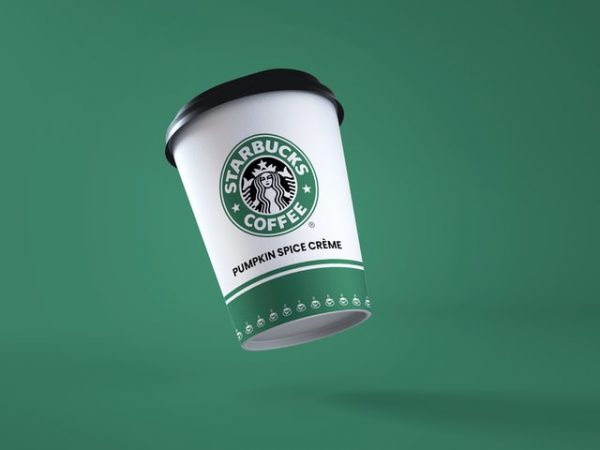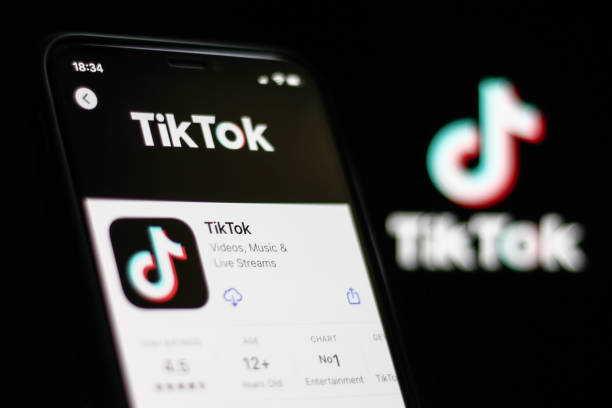The world’s largest coffee chain has an impressive marketing strategy to capitalize on its wide range of tastes and products. The most popular spot for a cup of coffee is a daily habit for millions who love the Starbucks brand because of the wide variety of options.
In this article, we will explore how Starbucks’ marketing has been a significant factor in its success, aiming at the myths about what makes Starbucks’ brand successful.
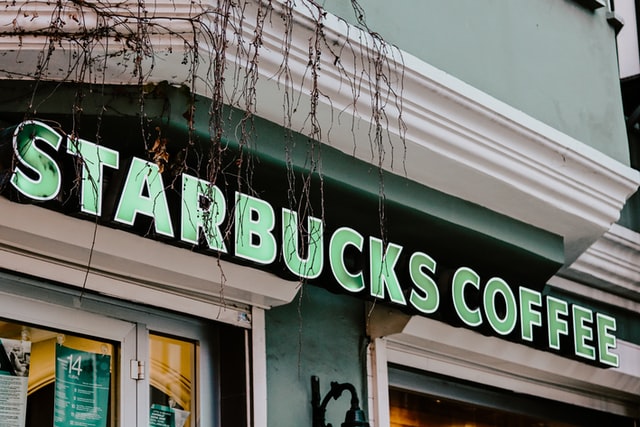
I’d want to take a moment to describe the Starbucks brand to people unfamiliar with the brand.
Today Starbucks brand is one of the world’s largest companies, and there are now nearly 33,833 locations in over 80 countries. But in 1958, when Jerry Baldwin and Gordon Bowkers opened their doors on Pike Place Market in Seattle, Washington, they had no idea that their little neighborhood coffee shop would become so successful.
Their goal was to create an environment where people could feel comfortable, relaxed, and enjoy good food while socializing.
Almost 51 years later, the Starbucks brand has grown tremendously and continues to provide a welcoming environment for its customers, offering them excellent service and products at a reasonable price. It has created a lifestyle that has made its brand famous worldwide.

Each Starbucks cafe includes a barista who serves customers, sells beverages, and prepares food items.
All Starbucks locations have a menu board where customers can view all food and drink options they offer. Most menu boards provide information about each item’s ingredients and nutritional values.
Starbucks Brand Positioning
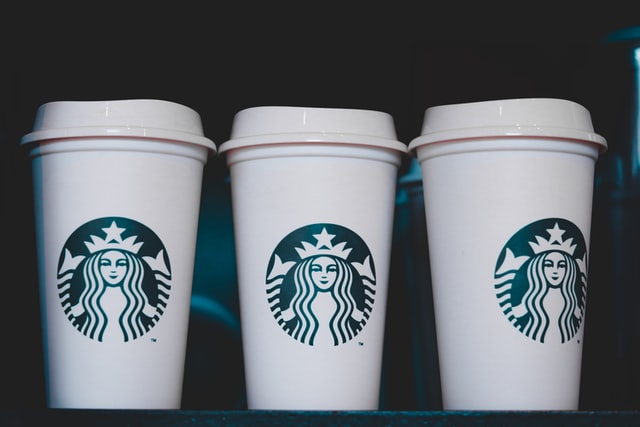
The Starbucks brand positioing is based on its coffee culture in a world-class retail environment. The company has been able to identify what it does well and build on this to differentiate itself from competitors.
Starbucks’ brand and marketing strategies have been exciting for the company. The business has established a distinct identity as a coffeehouse and established itself as a market leader by prioritizing its distinctive flavor and scent in the selection of its products.
The Starbucks brand represents quality, consistency, and reliability. One individual, one cup, and one neighborhood at a time are how it hopes to inspire and nourish the human spirit. Customers who enter Starbucks stores expect to find high-quality coffee, friendly service, and comfortable surroundings.
What does Starbucks represent?
Quality – Good coffee is not only a treat; it reflects well on the company. Starbucks’ reputation is built around consistently good products. Their commitment to quality extends beyond the production of their coffee beans to the preparation of each drink. Starbucks employees are trained to prepare drinks using the best techniques and equipment.

Consistency – Consistency builds trust. Customers know they can count on Starbucks to deliver the same taste and experience every time. They know there will always be great selection and freshness, and they can rely on friendly staff to provide them with quality service.
Reliability – Reliable means dependable. You have to know when you can count on Starbucks to operate reliably. Knowing that they are reliable helps increase customer satisfaction. They offer consistent hours of operations and a convenient location.
How does Starbucks stay true to its brand?
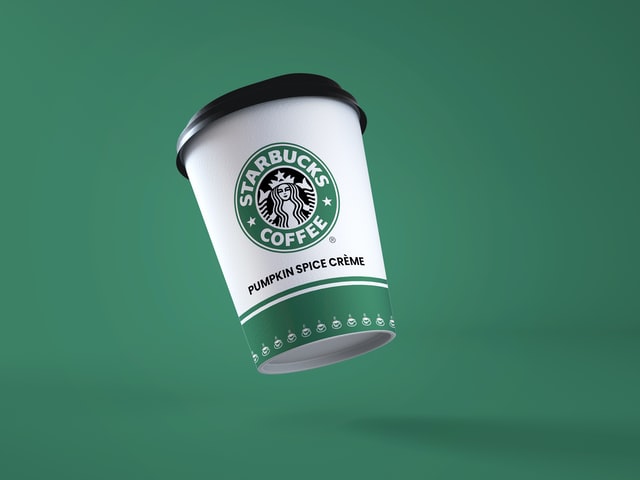
They maintain quality control throughout the supply chain by testing their coffee before it reaches store shelves. They try samples from roasters, packagers, distributors, and retail locations. If a piece returns with less than acceptable results, the entire lot is destroyed, and the coffee is reordered; this ensures that Starbucks maintains the highest level of quality possible.
Does Starbucks stick to its brand?
Yes, Starbucks sticks to its brand. The company provides consistent offerings to its customers and uses its resources wisely. For example, they invest heavily in new technology to improve efficiency. They also offer superior customer service to ensure happy, repeat customers.
Starbucks’ unique brand strategies make it different from competitors

Starbucks Customer Centricity
Customer centricity involves how a company treats its customers. Starbucks understands that people don’t buy products; they believe in experiences. To provide the best experience possible, they focus on delivering clean bathrooms, comfortable chairs, delicious food, and friendly employees. By focusing on these aspects, they know that customers will not only feel satisfied in buying a cup of coffee but will return.
Starbucks Commitment to Community
Starbucks’ commitment to the community involves the way that they treat its employees. They believe everyone deserves respect, regardless of race, gender, sexual orientation, or job title. They also understand that everyone should receive equal pay for equal work. All of their partners (employees) can expect fair compensation for hard work, and they encourage them to ensure they get enough sleep, eat well, exercise, and take breaks.
Starbucks Coffee Beans Roasting Process
Starbucks’ brand positioning revolves around its coffee beans being roasted only a few times yearly. They want to ensure that the quality of the product is consistent from bean to cup. This process occurs at a single location where the roasters monitor the temperature and humidity levels. Once the beans reach the proper temperatures and humidity level, they start to roast immediately. Afterward, they cool down the beans by spreading them on a conveyor belt. The beans then move to another room where they will be stored until they are ready to be shipped.
Starbucks Open Doors Policy
The open doors policy at Starbucks indicates that anyone can enter any of their locations at any time. Customers do not need to call ahead to request access to the bathroom or wait in line before entering. A sign will indicate whether restrooms are available inside the store. If there isn’t one, the store manager will direct customers to use public facilities outside the building.

Starbucks Free Wi-Fi Connection
Free Wi-Fi connection at Starbucks allows customers to surf the web while they wait for their order, read emails, write personal notes, or chat with friends. Customers scan their ID cards to access the network when they arrive at the store. They can then check email, browse social media sites, and download music without paying extra fees.
Starbucks Customer Service
Starbucks customer service includes everything that happens when you walk into a Starbucks location. You may have to wait in line, find a table, order your drink, or even share space with others. However, you always get treated politely and respectfully. No pushy salespeople are trying to upsell you more than what you ordered. Instead, you receive helpful hints about how to prepare your drink correctly and learn how to use the appropriate reusable cups.
Starbucks Targeting
The target audience for Starbucks is young adults who want to be seen as more than just their job or profession but also as an individual with personal styles and interests. The company wants these people to feel good about themselves when they are out in public, even if they are not working or studying.
Starbucks’ brand image is that of a hip, trendy, fun, and youthful brand. The target audience is vast and includes young generations, parents, and families. Starbucks keeps its coffee shops clean, bright, and well kept.

The store emphasizes coffee drinks more than food because customers prefer coffee to food. Products are sold through a mainstream retail channel, including supermarkets (e.g., Woolworths in Australia), convenience stores, and national outlets such as big box retailers like Target.
Starbucks’ target customers are middle- to upper-class workers seeking high-end coffee. Due to its global chain of locations, Starbucks creates local specialties that reflect the cultural diversity of its customers.
Starbucks Segmentation
The Starbucks brand has been marketed to the point where most Americans have been exposed to its products, whether they like them or not.
The company started with the core coffee drinkers and then worked outward. For example, they began with customers looking for an experienced coffee, not just a cup. They created specialty stores for those people or introduced espresso-based drinks geared toward the green tea drinker.

To manage this, Starbucks introduced numerous tactics to place its brand in front of as many people as possible. Starbucks has a particular target market. They segmented their target market by creating products that appealed to all different class levels and added a variety of positions to allow for even more targeting.
The success of the Starbucks brand is apparent through its continual rise over the past two decades.
The company also focuses on giving customers what they want by creating an enjoyable and affordable experience. This allowed them to gain loyal customers willing to spend more money at Starbucks than at any other coffee shop.
Starbucks’ market segmentation and target customer can be classified into
– Demographic
– Geographic
– Psychographic
– Behavioral
Types of Segmentation
| Type of Segmentation | Segmentation Criteria | Targeting |
| Demographic | ||
| Age | 22 – 60 | |
| Gender | both men and women | |
| Income level | High Earners and middle earners | |
| Profession | Professionals, entrepreneurs, workers, and students | |
| Geographic | ||
| Region | The United States and internationally | |
| Density | Urban | |
| Psychographic | ||
| Lifestyle | self-reliant, independent, Learner, extrovert, achiever-aspiring, and adventurer | |
| societal status | upper and middle classes | |
| Behavioral | ||
| loyalty level | Extreme supporters | |
| Personality | enthusiastic, motivated, diligent, and committed | |
| Benefits hoped for | a sense of achievement and belonging, creative thinking, a great place for gathering with friends and family, taking coffee breaks, and conducting meetings. |
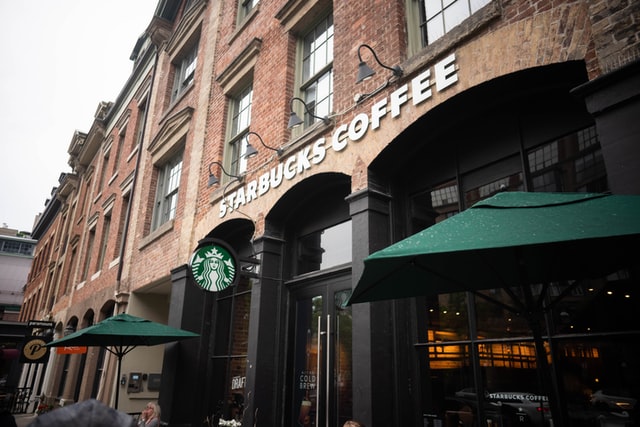
Steps to Starbucks Brand Segmentation
Identify the problem
The first step in any brand segmentation strategy is to identify what issue or problem is being solved by the product. In the case of the Starbucks coffee chain, they have determined that their customers want high-quality coffee at a reasonable price. Once this knowledge is gained, we can move forward with developing a strategy to solve this problem.
Define Your Target Audience
The next step to achieving Starbucks’ brand segmentation is identifying who your target audience is. Once we know the problem, we must determine our ideal customer. We need to understand how they think, act, and make decisions. If we know the demographics of our potential market, we can build our strategy accordingly.
While many people think about their customers when they create a product, strategy, or marketing campaign, not enough attention is paid to understanding who those consumers are. Starbucks’ brand segmentation at its core involves defining its target market based on demographics, psychographics, and lifestyles. The goal is to understand how various people relate to your business, products, and services.

Define the Value Proposition
You must decide what value proposition you want to convey to your target audience once you have identified it. What do you want your customer to get out of your brand? Do you want them to feel good about themselves while shopping at your store? Do you want them to enjoy their coffee and feel happy? Are you trying to make them healthier?
You may have different answers to these questions depending on your business goals. However, once you’ve answered them, you should be able to start building a value-based message that resonates with your audience.
Understand How People Experience Your Brand
After you’ve defined your value proposition, you need to figure out why people experience your brand. Is it because they enjoy your products and services? Or maybe there’s something deeper going on. For example, if you offer free Wi-Fi, perhaps people experience your brand because they are looking for convenience. When you identify how people experience your brand, you can develop more targeted messaging to resonate with them.
Determine Which Market Segments Matter Most
From there, it’s time to determine which market segments matter the most. By “market segments,” I mean specific groups of individuals (demographic, psychographic, etc.) that share similar traits and values. Once you know which market segments matter most, you can focus your efforts on reaching them with relevant messages.
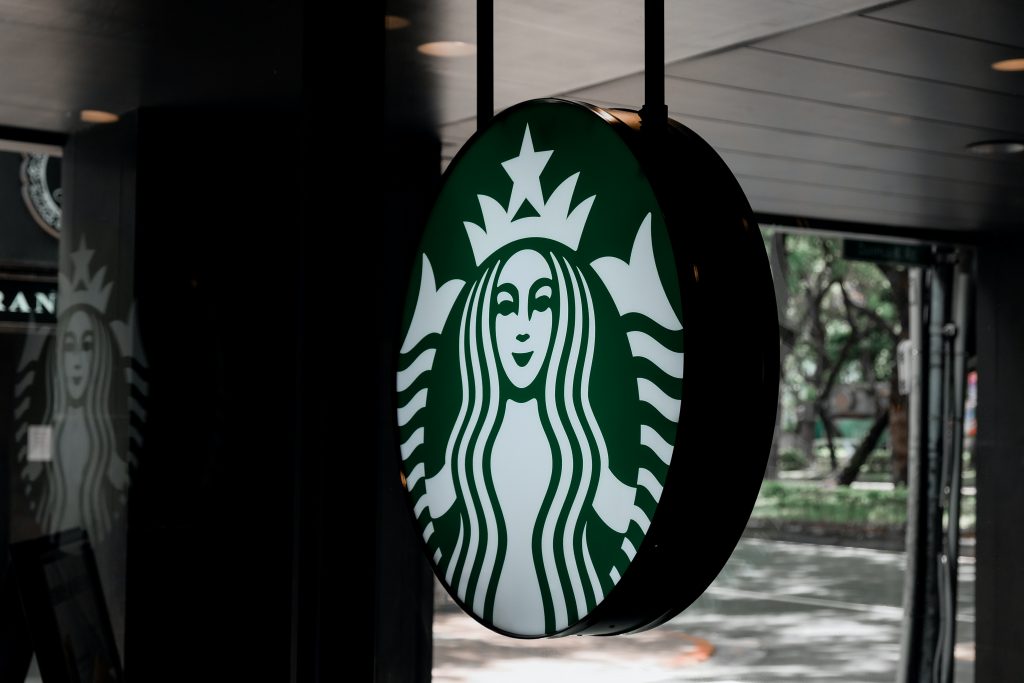
Develop Messaging That Resonates With Each Market Segment
You now know better who you want to reach and why. Now comes the hard part—developing compelling messaging that resonates with each group of people. To do so, you need to answer two questions: Why does the person care about what you’re offering? And why should customers pick your business over a different one?
Test Different Messages to See Which Ones Work Best
Finally, you need to test your messaging before launching it. It’s worth testing different versions of your message to see which ones work best. If specific messages don’t perform well, try modifying them until you find the right mix. Once you do, you can launch your new messaging strategy and begin promoting your brand!
Launch the campaign
Now we can launch our campaign. Whether a traditional ad campaign or more advanced digital marketing, we must ensure the message we send resonates with our audience. The campaign’s success depends significantly on this final piece of the puzzle.
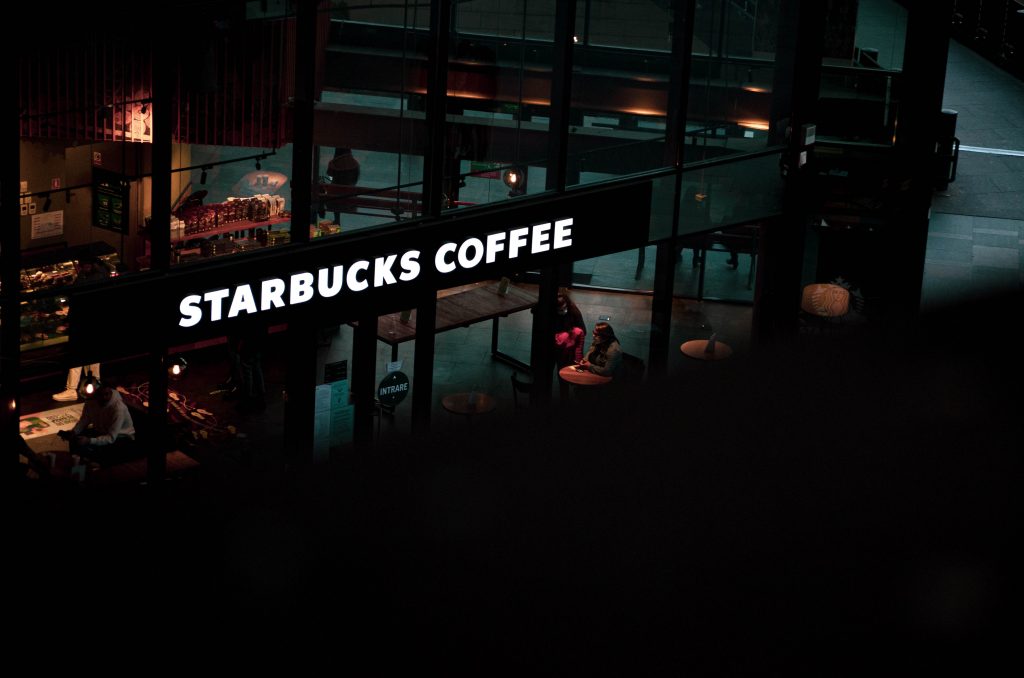
conclusion
As I have observed, the Starbucks brand has rightfully obtained a status of dominance within the saturated industry of coffee breweries. Its products and services are, on the whole appealing and attractive. The company’s use of emotion-targeted marketing to attract consumers has successfully established brand loyalty amongst its client base. This lucrative market share is difficult to steal.
I hope this analysis proves beneficial for you, not just as part of an assessment but also because it can help to shed light on the workings of a notable brand and point out its strengths and weaknesses.
READ ALSO: Sales Promotion: Definition, Techniques, and Types
Do you love this article? Get more Updates via Adilo’s Twitter Page.

